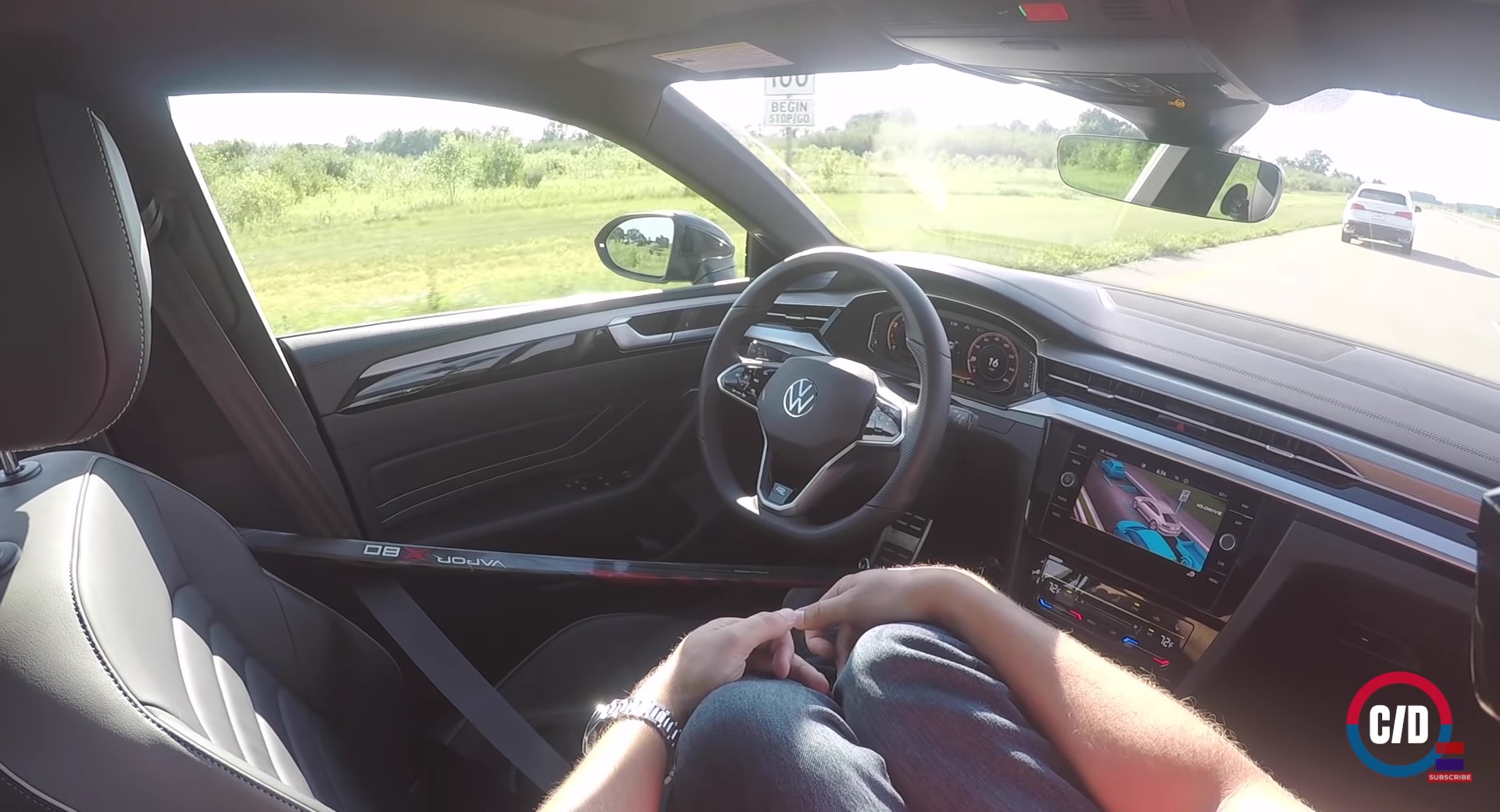I don't think the hardware is actually much different, apart from Tesla repurposing a camera mounted at the top of the windshield that wasn't originally intended for eye tracking, and thus is not in the optimal location for it. Other systems put the camera directly on or behind the steering wheel, so they are much closer to the driver's eyes and at a better angle to see the eyes. Also, dedicated eye tracking systems always have enough infrared lighting to make sure the driver's eyes can be seen at night. I think Teslas from the past few years may have infrared lights for the cabin cam, but older Teslas don't have the infrared lights, so those models could never detect eyes well at night.



